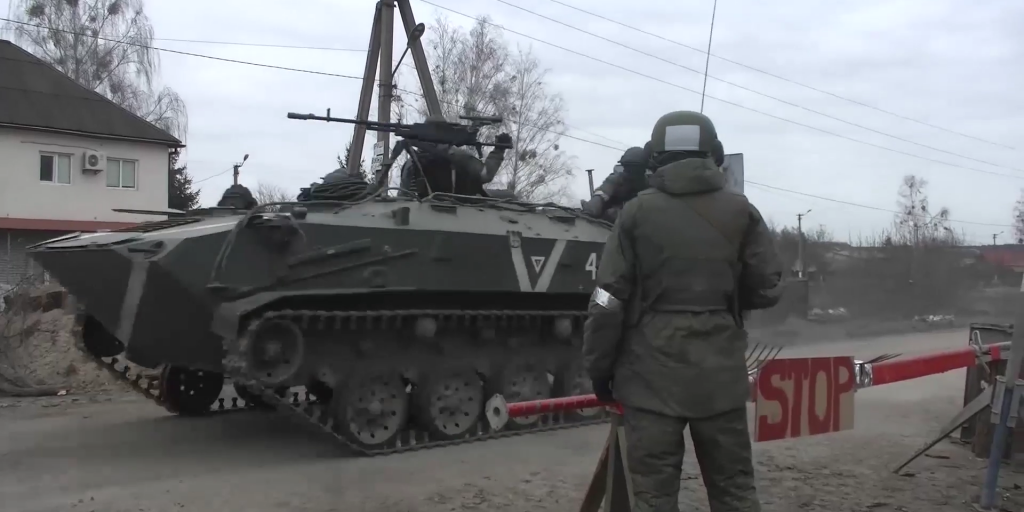- Russia's elite airborne force, the VDV, has been at the center of Moscow's offensive against Ukraine.
- The VDV has struggled in Ukraine, where fighting has taken a high toll in lives and damaged the unit's reputation.
The Russian military's struggles in Ukraine have seriously dented its reputation.
Despite having qualitative and quantitative advantages, the Russians have failed to achieve their primary objectives, forcing the Kremlin to backtrack and change its strategic goals in the war.
The Russian military's elite airborne force, the VDV, was at the center of the invasion that kicked off on February 24, and its paratroopers have suffered heavy losses in several high-profile failures during the campaign.
One unit within the VDV, the 331st Guards Parachute Regiment, is considered elite in its own right and has taken heavy losses in Ukraine, including its commander, Col. Sergei Sukharev, who was killed in mid-March.
An airfield too far
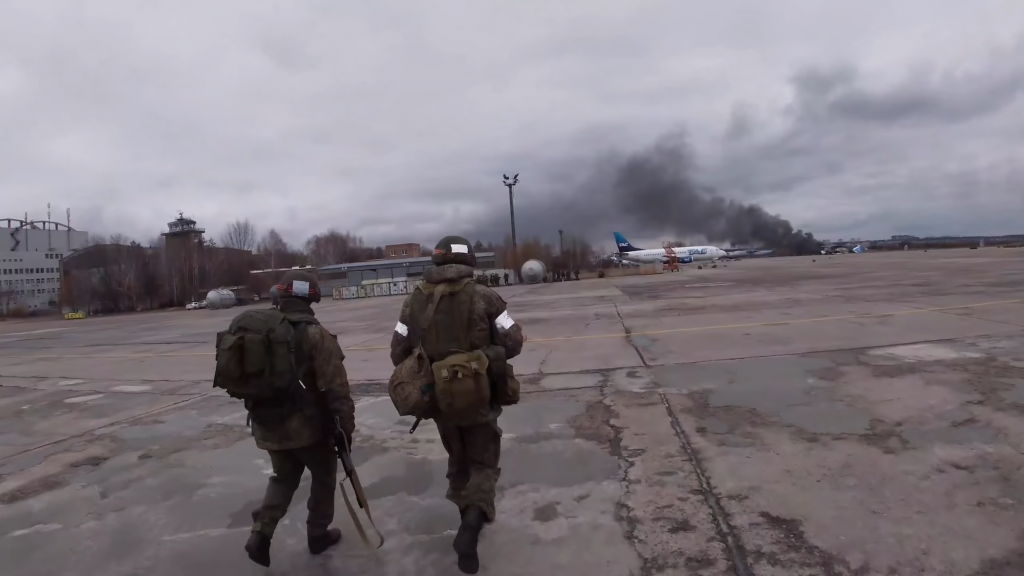
The Russian plan focused on acting with speed, surprise, and violence. Russian President Vladimir Putin and his advisers envisioned a war that lasted 48 to 72 hours, captured key Ukrainian urban centers, including Kyiv, and toppled the Ukrainian government.
Airborne forces are ideal for such contingencies, as they are trained and equipped to fight with speed, surprise, and aggression. Russian military commanders naturally turned to their VDV airborne forces to play a key part in the invasion of Ukraine.
One of the main Russian targets in the initial hours of the invasion was the Antonov airport near the Ukrainian town of Hostomel, about 20 miles from Kyiv. VDV paratroopers conducted an air assault on the airport using about 30 helicopters.
At first, they were able to capture it, but it was a short-lived victory, as a Ukrainian counterattack by special-operations forces and conventional troops retook the airfield.
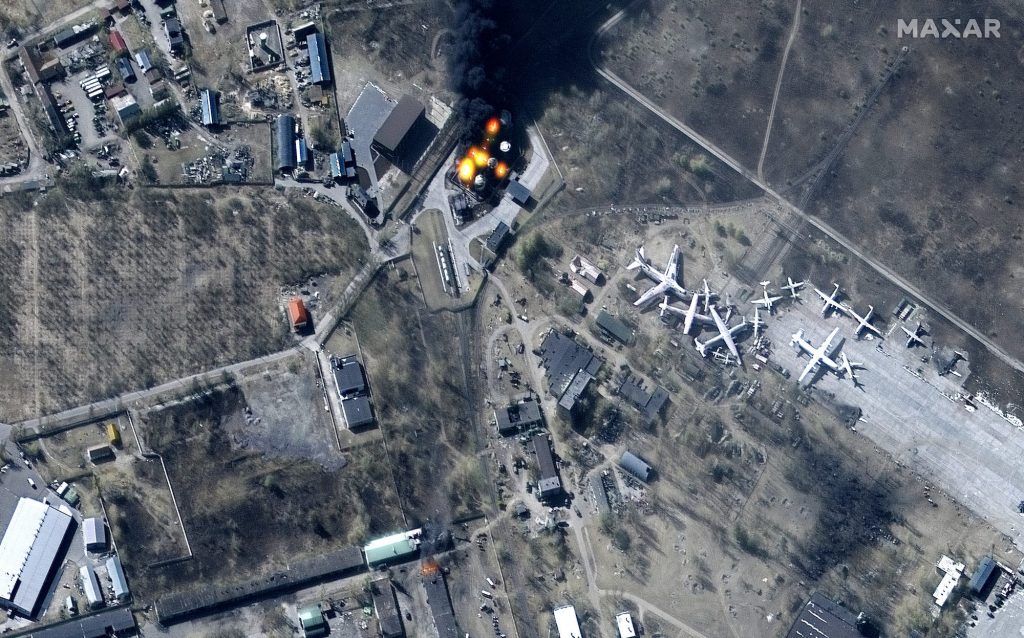
The goal of the attacking force in airborne operations, such as airfield seizures, is to expand the perimeter, or "airhead," so that the defending force can't hit the airfield with artillery, rockets, and other indirect-fire weapons, a former Green Beret officer who served in the 82nd Airborne Division told Insider.
"By doing so, you allow airfield ops to continue and reinforcements to pour in," said the former officer, who requested anonymity because they still work with the US government.
"Failing to expand the airhead in the initial hours of an airfield seizure welcomes disaster. You could use it as a feint to distract the enemy and take his attention from another part of the battle space, but it would also mean you are sacrificing the airborne force, which, by the way, are some of your more competent units," the former Green Beret said. "Is the risk and loss worth it? That's up to commander and operational situation to determine."
During the Hostomel attack, it seems that the Russian VDV forces failed to expand the airhead. They got stuck on the airfield and were unable to push out and keep Ukrainian forces from getting near the airstrip.
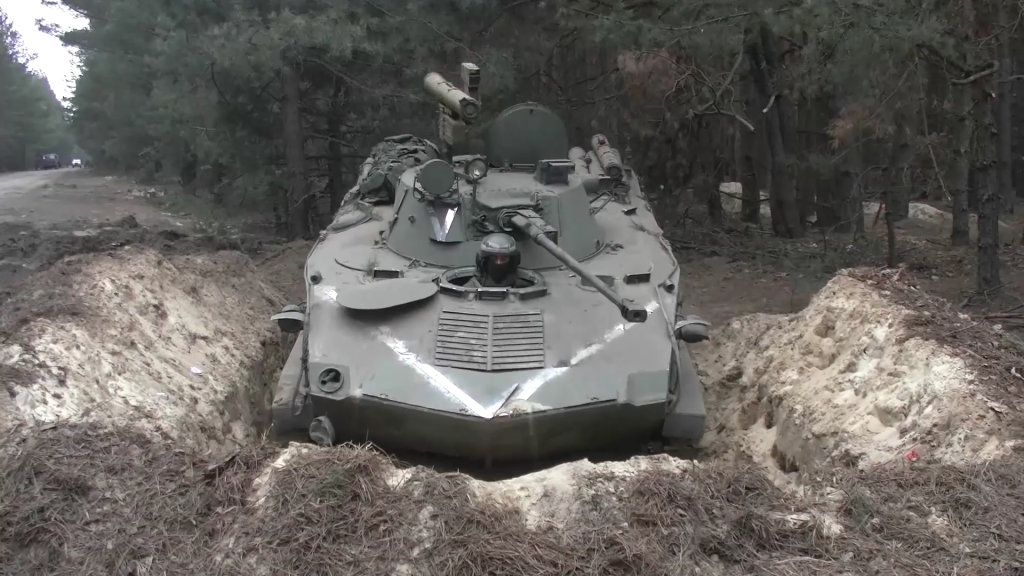
Moreover, the Ukrainian defenders anticipated a Russian attempt to seize the airfield and had placed obstacles, such as buses and tractors, on the runways to prevent Russian transport aircraft from reinforcing the initial wave of VDV forces.
Russian commanders also failed to reinforce the paratroopers on the ground with additional helicopter-borne forces — a complete failure of doctrine.
VDV forces, which are distinguished by the "V" marks on their vehicles, have been involved in several other failures, suffering heavy losses throughout the invasion.
In one case in early March, an entire VDV mechanized patrol was ambushed and destroyed by Ukrainian special operators in the Kyiv suburb of Irpin.
The 331st Guards Parachute Regiment was involved in fighting around Kyiv and estimates of its losses range from 39 troops, as tallied by the BBC, to about 100, according to residents of the community where the unit is based.
Russian vs. US airborne forces
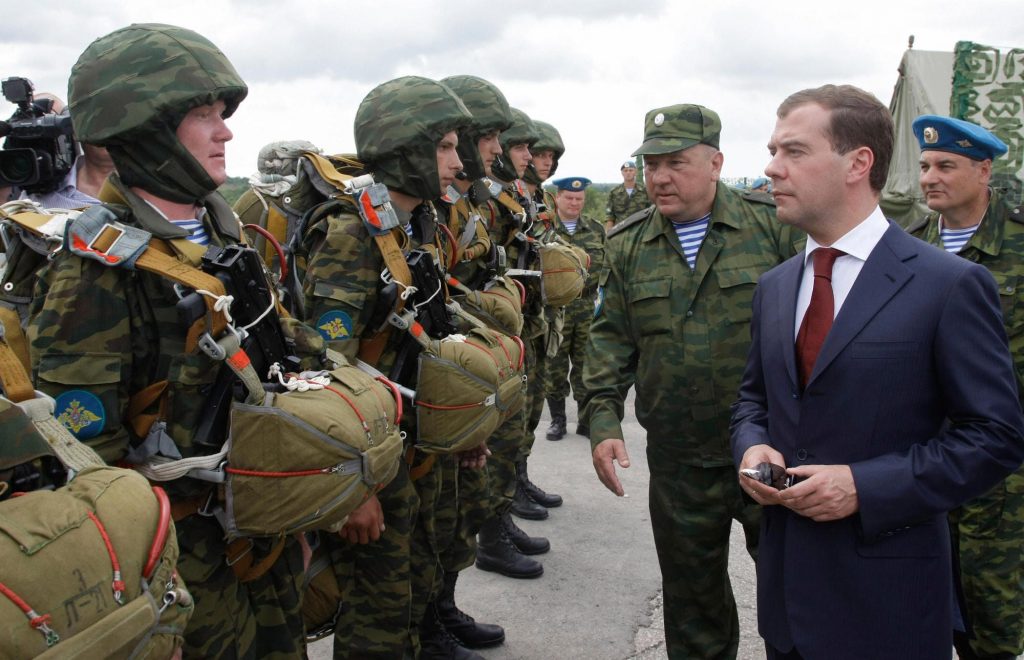
Distinguished by its troops' white-and-blue striped shirts, called telnyashkas, and their blue berets, the VDV is an elite organization within the Russian armed forces.
It's a distinct branch of the Russian military and is considered Moscow's strategic reserve. When a contingency appears, the VDV is there. During the recent upheaval in Kazakhstan, the VDV was one of the first Russian forces that was sent in, acting as what Moscow called peacekeepers.
The VDV's size and doctrinal role differentiates it from airborne units in the US and other Western militaries.
In 2015, the commander of Russia's airborne troops, Colonel-Gen. Vladimir Shamanov, said that force would grow to 60,000 paratroopers in the years ahead. Those forces are divided into several divisions and brigades.
In comparison, the US Army's 82nd Airborne Division has less than 20,000 paratroopers. The 82nd Airborne is the US military's only dedicated paratrooper unit, though other units, like the Army's 75th Ranger Regiment, conduct airborne operations.
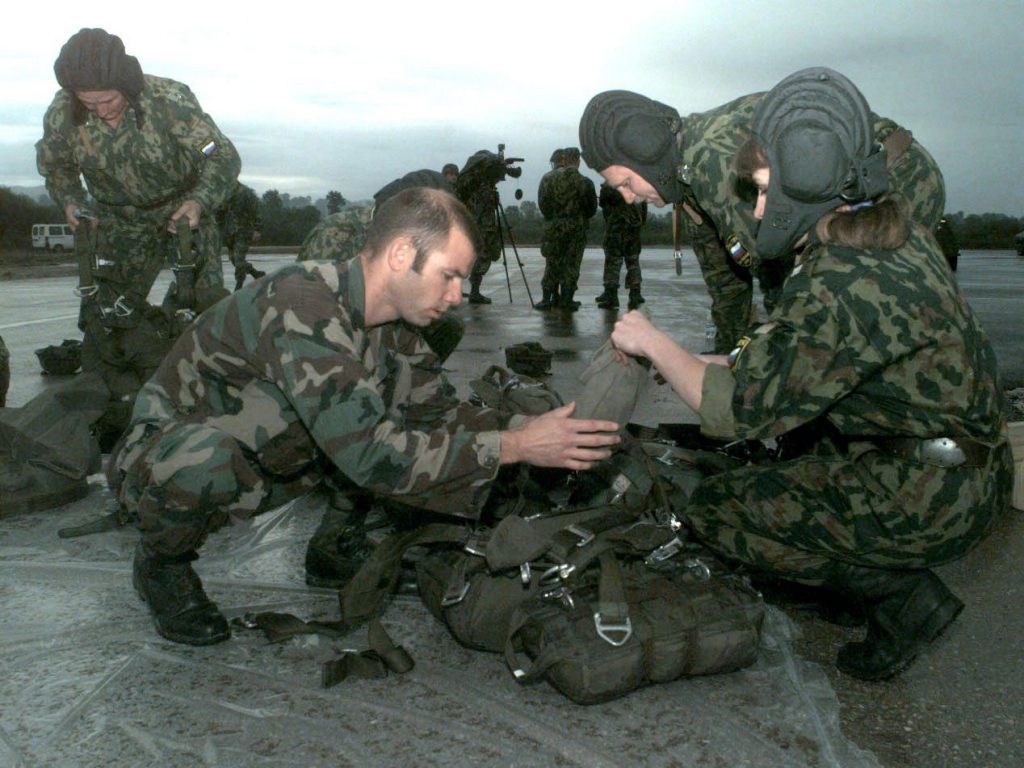
The doctrinal role of Russian airborne forces is also distinct from that of their US counterparts. Both formations are rapid-response forces designed to strike fast and capture key objectives, but VDV forces are far more mechanized than US airborne units.
Russian VDV units sport tanks, infantry fighting vehicles, and armored personnel carriers, and they use them often. During fighting in Ukraine, the VDV has lost T-72B tanks and BMD-2 infantry fighting vehicles, among other vehicles.
US paratroopers have some mechanized capabilities — like the LAV-25, a wheeled all-terrain armored infantry fighting vehicle — but nowhere near what their Russian counterparts have.
VDV units are also designed to be more independent than their Western counterparts.
For example, in a conventional near-peer conflict, after seizing a target, the 82nd Airborne Division would rely on mechanized ground reinforcements to relieve them. As the VDV has an organic mechanized capability, it wouldn't rely on other units to relieve them after seizing their objective.
Stavros Atlamazoglou is a defense journalist specializing in special operations, a Hellenic Army veteran (national service with the 575th Marine Battalion and Army HQ), and a Johns Hopkins University graduate.
